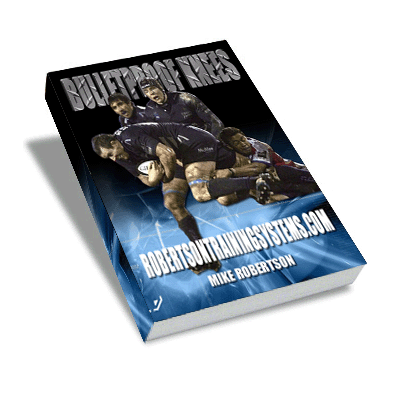The “Don’t Squat” Recommendation
I always love it when folks come back from doctors with the “don’t squat” recommendation. My immediate response is, “So you aren’t allowed to go to the bathroom?”
Obviously, I’m saying this pretty tongue-in-cheek, as I know they’re referring to squatting under significant loads. However, I wish we’d get more doctors who would appreciate that certain things (e.g., squatting) are important parts of our daily lives, and that those with knee pain need to learn how to squat correctly, not avoid it altogether.
Learning to sit back and hinge at the hip can give a majority of knee pain sufferers relief from symptoms when they do have to do a squatting motion during their daily lives. Effectively, when one squats this way, it reduces shear stress at the knee and places the load more on the hip extensors: glutes, hamstrings, and adductor magnus. These muscles have big cross-sectional areas and can easily handle the burden of squatting.
I hate to play devil’s advocate, but it’s a perfect example of a scenario where a doctor only sees pathology and not movements. It never ceases to amaze me how simply alternating movement patterns can markedly reduce how symptomatic a pathology is – and this is where good physical therapists and trainers/coaches come in. A lot of doctors are extremely well-schooled in diagnostics, but have little background in terms of mechanisms of injury (particularly for chronic injuries), optimal rehabilitation , and the hugely important role soft tissue restrictions play in the development of pain. Often, these issues are left unaddressed and an individual still gets healthy simply because the doctor has contraindicated so many exercise modalities that a patient gets better only through resting the irritated tissues.
With respect to the knee, Mike Robertson has put forth some great material on this front in his Bulletproof Knees manual.



